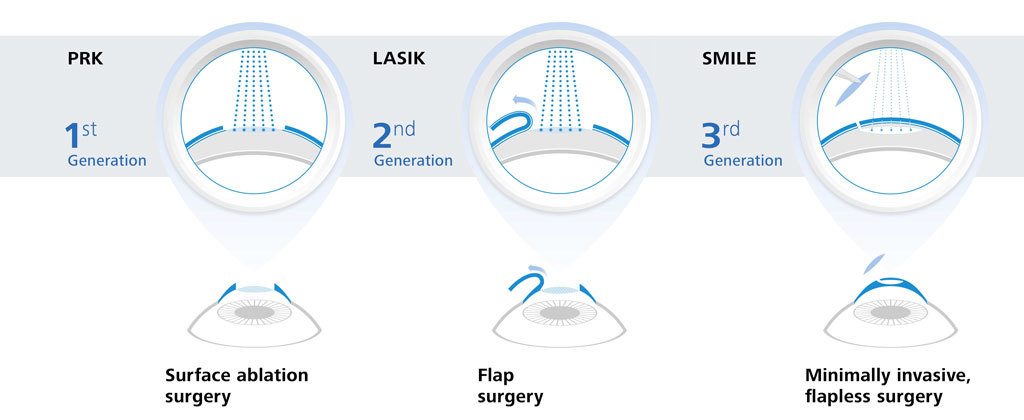Checking Out Traditional Vs. Innovative Glaucoma Treatment Techniques
Checking Out Traditional Vs. Innovative Glaucoma Treatment Techniques
Blog Article
Content Writer-Kahn Alstrup
Did you recognize that the development of glaucoma treatment techniques extends centuries, incorporating both conventional treatments and advanced innovations? From old herbal concoctions to advanced Minimally Intrusive Glaucoma Surgery techniques, the range of alternatives is huge. As you explore the complexities of standard versus ingenious methods, you might discover surprising insights that challenge conventional viewpoints on treating this common eye condition.
Historical Evolution of Glaucoma Treatments
The historical evolution of glaucoma treatments dates back to old civilizations where various treatments were used to manage the problem. In old Egypt, for instance, treatments included a blend of honey, fat, and sour milk put on the eyes. The Greeks and Romans also contributed to early glaucoma therapies with a concentrate on topical applications and nutritional interventions. Throughout background, diverse societies developed unique methods to ease the signs and symptoms of glaucoma, usually rooted in herbal treatments and superstitious notions.
As time advanced, improvements in medical understanding resulted in more organized approaches to dealing with glaucoma. In The Center Ages, Arabic scholars made significant payments by studying the composition of the eye and developing medical strategies to deal with eye problems. https://people.com/health/lasik-eye-surgery-what-to-know/ laid the foundation for modern-day glaucoma therapies that we have actually today. Understanding the historic context of glaucoma therapies provides important understandings into the constant development and improvement of clinical practices over the centuries.
Contrast of Traditional Methods
In contrasting conventional methods for dealing with glaucoma, take into consideration the historic contexts and efficiency of various treatments.
Typical therapies for glaucoma have advanced over centuries, from old practices like making use of honey and a glass of wine to more current innovations such as eye drops and surgical procedures. Historically, remedies like the application of leeches or organic mixtures were used to minimize signs, but their performance was limited.
As https://eduardokwgpn.ambien-blog.com/42081867/picking-in-between-lasik-surgery-and-get-in-touch-with-lenses-can-be-a-challenging-decision progressed, techniques like iridectomy, where a part of the iris is removed, came to be prominent for reducing intraocular stress. Some traditional methods, like using oral medicines to decrease eye pressure, have stood the test of time and are still used today. Nevertheless, these therapies commonly come with side effects and may not be as effective as modern options.
It's essential to consider the historical relevance of standard glaucoma therapies against their efficacy in the context of present clinical developments.
Examination of Cutting-edge Treatment Strategies
Taking into consideration the evolving landscape of glaucoma treatment, innovative approaches are transforming the means this eye problem is managed.
One noteworthy advancement is minimally invasive glaucoma surgery (MIGS), which supplies a less invasive choice to typical surgeries. MIGS aims to reduce intraocular stress by boosting the eye's all-natural water drainage system, bring about fewer issues and faster healing times compared to traditional surgical treatments.
Additionally, the advancement of sustained-release medicine distribution systems has offered a much more efficient means to administer glaucoma medicine. These systems can release drug gradually over a prolonged duration, improving client adherence and minimizing the frequency of eye decreases.
In addition, arising technologies like careful laser trabeculoplasty (SLT) use a non-invasive option for decreasing intraocular pressure by targeting specific cells in the eye's drain system.
Conclusion
As you assess the development of glaucoma treatments, you can see just how standard techniques have led the way for ingenious methods to emerge.
From ancient treatments to contemporary innovations, the trip of treating this complicated eye problem has actually resembled a rollercoaster trip.
However with new techniques like MIGS and sustained-release medicine distribution, the future appearances brighter than ever for patients seeking efficient and much less invasive options.
